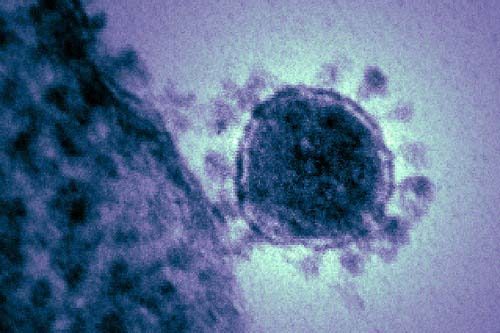
Scientists are getting closer to figuring out the origins of the new coronavirus that has killed some five people in the Middle East and infected nine others, including two in Qatar.
New research shows that the virus, which hails from the same family as SARS, appears to infect more than just humans. In lab testing, it was found to also spread to pigs and several species of bats, according to a study published in the American Society of Microbiology’s mBIO.
Most other known coronaviruses do not spread so easily between species, researchers said.
“There is something unusual about this virus,” said Dutch virologist Ron Fouchier of the Erasmus Medical Center in Rotterdam, Netherlands, which sequenced the full genetic code of the virus, hCov-EMC.
The Canadian Press news agency reports:
…Given that this virus seems to be able to infect multiple species – at least in the lab – that might suggest a pattern where the geographically and temporally distant cases are being infected from animal sources, not people, (senior author Christian) Drosten admits.
In some respects, that’s a more reassuring idea. But in others, it’s not. If the virus is able to infect a number of types of animals, it could continue to make periodic jumps to humans – which could impede containment efforts.
If the EMC virus were to get into animals farmed in the Middle East, for instance, human exposures could be ongoing, Fouchier says.
That means to keep the virus in check, public health officials should start looking for infections and deaths in local wild animal and livestock populations, he added.
Qatar and Saudi Arabia have been under surveillance for the virus, whose patients present with fever, coughing and breathing difficulties, since it was first discovered by the World Health Organization in September.
But last month, the WHO told doctors to test any patients with symptoms of rapid-onset pneumonia – not just those who recently traveled to the Gulf – for the illness.
Thoughts?
Credit: Colorized transmission electron micrograph of the new coronavirus courtesy of the US National Institute of Allergy and Infection Diseases (NIAD)







